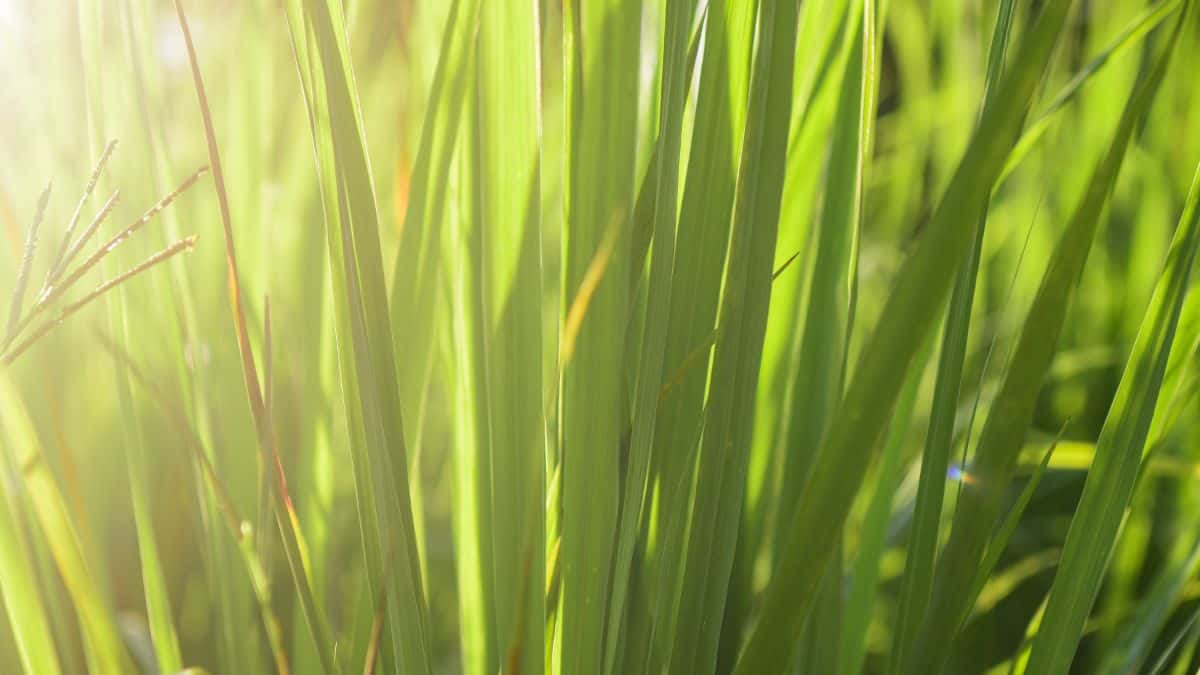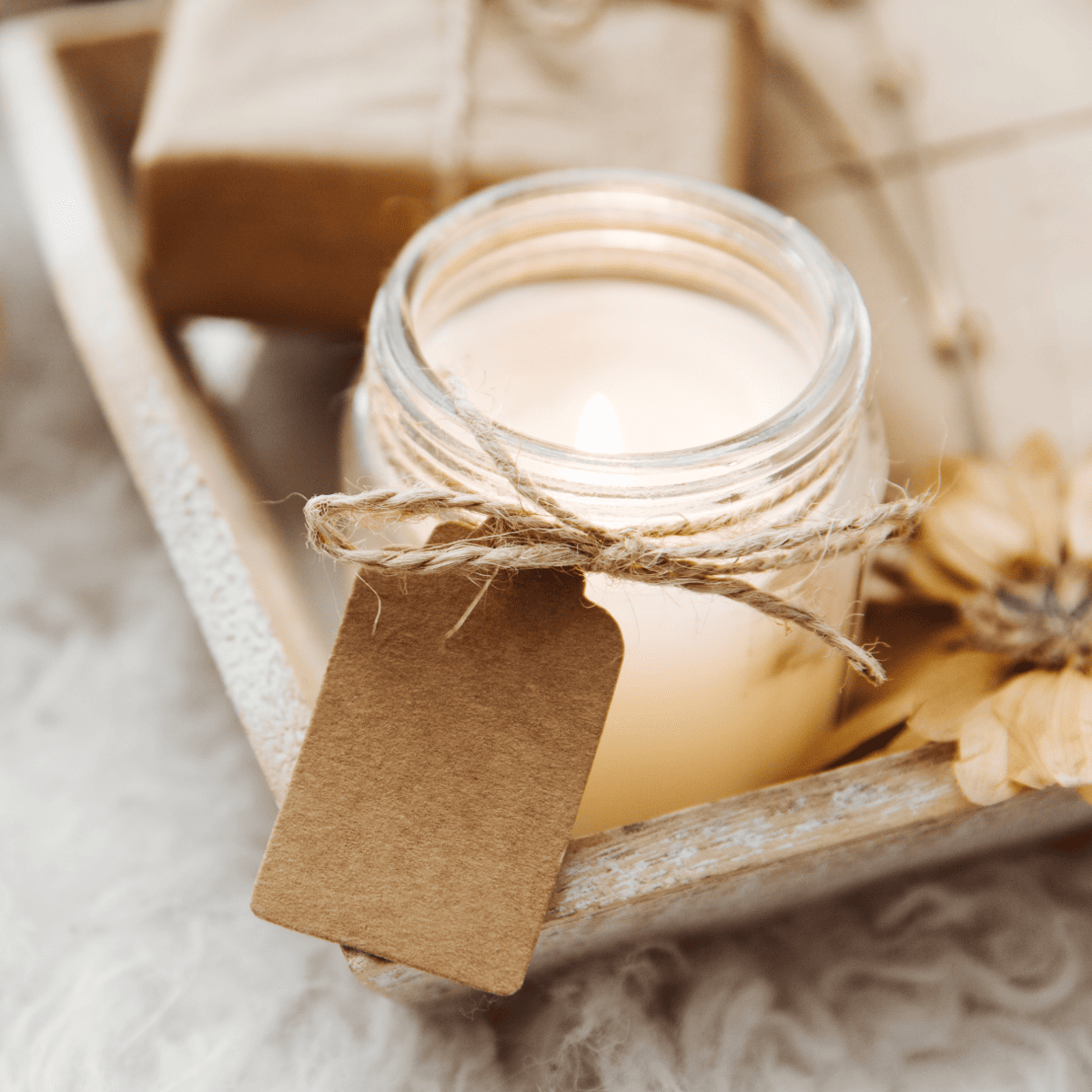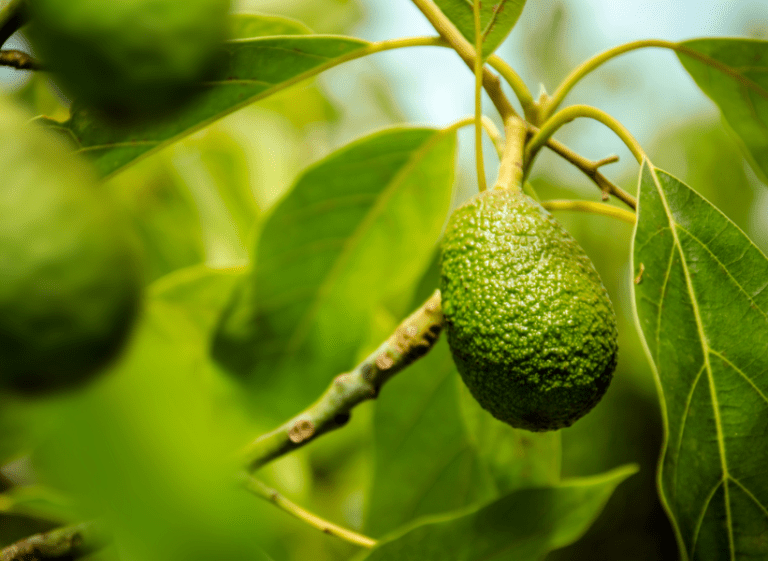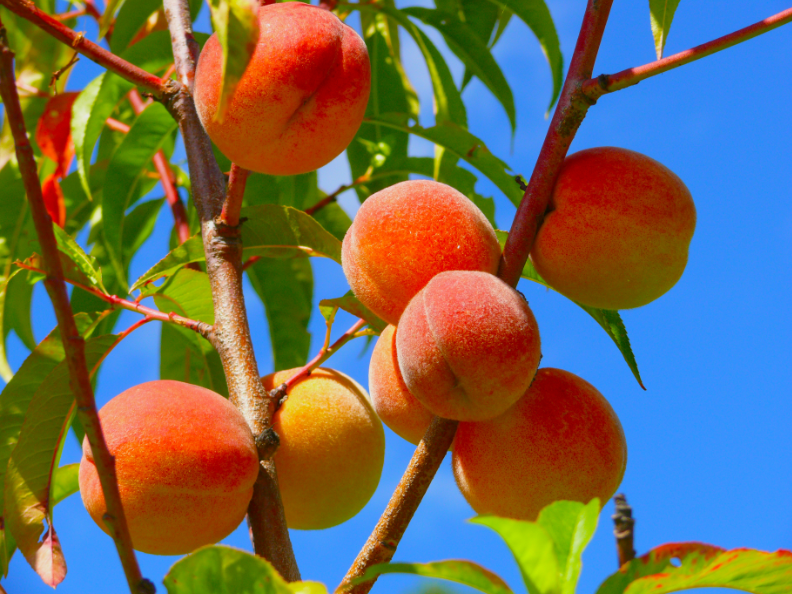How to Grow Lemongrass: A Full How-to & Care Guide
Growing and Caring For Lemongrass: A Full How-to & Care Guide
Looking for Tips on How to Grow a Lemongrass Plant? You’ve Come to the Right Place!
What is Lemongrass? Lemongrass, scientifically known as Cymbopogon citratus, is a popular, easy to grow herb extensively used in Asian cuisine and as a natural remedy for various health issues. This guide will cover the A to Z of growing and caring for lemongrass plants, helping you cultivate this fragrant herb right in your own garden.
Is lemongrass easy to grow? In short, yes, lemongrass is easy to grow. Continue reading for details but here’s a quick summary why:
- It’s good in many places – Can grow almost anywhere
- It’s not picky about dirt – Can adapt to many soli types
- It has easy watering needs – Minimalist watering schedule
- It’s simple to start – Anyone can do it and has easy grow qualities
Lemongrass Plant Summary
| Attribute | Details |
|---|---|
| Common Name | Lemongrass |
| Botanical Name | Cymbopogon citratus |
| Family | Poaceae |
| Plant Type | Perennial grass |
| Mature Size | 3 to 5 feet tall and 2 to 4 feet wide |
| Sun Exposure | Full sun |
| Soil Type | Well-draining, loamy soil, preferred |
| Soil pH | 6.0 to 7.5 |
| Hardiness Zones | 9 to 11 |
| Native Areas | Southeast Asia |
| Toxicity | Non-toxic to humans and most pets; repels rodents and mosquitoes |
Lemongrass Questions Most People Have
Is lemongrass easy to grow?
Yes, lemongrass is easy to grow and here’s why: Lemongrass is not just easy to grow; it’s especially great for people who are new to gardening. Here’s why:
- Good in Many Places: One of the best things about lemongrass is that you can grow it almost anywhere. If it’s sunny and warm, it’ll grow well outside. If you’re in a place that gets cold, you can easily grow it in a pot inside your house. This means you don’t have to be an expert on weather or climate to have a healthy plant.
- Not Picky About Dirt: Some plants need special soil, but not lemongrass. Though it prefers well drained soil, It grows in almost any type of soil as long as the water can drain out. So, you don’t have to be a soil scientist to get this plant to thrive.
- Easy Watering: Watering plants can get confusing, but lemongrass keeps it simple. Just touch the top of the soil, and if it feels dry, it’s time to water. Even if you forget a time or two, this hardy plant usually forgives you.
- Simple to Start: A growing plant often requires focused care, however, you don’t need to be a gardening pro to start growing lemongrass. Many people even use a piece from the grocery store to start their own plant. Just stick it in a glass of water, wait for roots to grow, and then plant it in soil. It’s that simple.
So, if you’re a beginner at gardening or just want a plant that’s easy to take care of, lemongrass is an excellent choice. Its ability to grow in different places, its lack of fussiness about soil, and its simple care needs make it one of the easiest plants to start with.
Does lemongrass come back every year?
Does lemongrass come back every year? The simple answer is yes, it can, but it depends on a few things:
- Warm Climates: In warm, tropical places, lemongrass is a “perennial” plant. This means it naturally comes back year after year without you having to replant it. You plant it once, and it keeps giving you fresh, aromatic leaves for years to come.
- If It’s Cold Where You Live: In cold places, lemongrass won’t survive the winter outside. But you can still have it every year! Just bring your plant inside when it gets cold, and it will keep growing.
- If You Grow It Inside: If you’re growing lemongrass in a pot inside, then it’s like having a year-round plant. Just put it near a window where it gets lots of light.
- Trimming Helps: Lemongrass can get pretty big. At the end of the year, you can cut it back a bit. Don’t worry; this is good for the plant and helps it grow back even better next year.
So, yes, lemongrass can come back every year if you take care of it the right way. Whether you live somewhere warm or cold, or even if you just want to keep it inside, you can enjoy lemongrass year after year.
Does lemongrass grow well in pots?
Absolutely, yes! Lemongrass grows well in pots, here is why:
- Perfect for Small Spaces: One of the great things about lemongrass is that it grows really well in pots. This means even if you don’t have a big yard, you can still enjoy this awesome plant. It’s perfect for patios, balconies, or even windowsills.
- Easy to Move: Growing lemongrass in a pot makes it easy to move around, especially small or medium sized pots. If it’s cold outside, you can bring it indoors. If it’s sunny, you can put it back outside for some natural light. It’s like having a portable garden!
- Soil and Water: In a pot, you can control the soil and water better than in a garden. Just make sure the pot has holes at the bottom so extra water can drain out. This helps keep the plant healthy.
- Great for Beginners: If you’re new to gardening, starting with a potted plant like lemongrass is a great idea. It’s easier to take care of than some other plants and gives you a chance to learn about watering, sunlight, and soil without feeling overwhelmed.
It’s great for small spaces, easy to move around, and simple to take care of. Whether you’re a gardening pro or just starting out, a potted lemongrass plant is a smart and easy choice.
Grow Lemongrass for the Health Benefits
- Anti-inflammatory Properties
- Antioxidant Activity
- Digestive Health
- Stress and Anxiety Relief
- Pain Relief
- Lowering Cholesterol
- Immune System Support
(See PubMed references at end)
Care Steps When Growing Lemongrass
Lemongrass plants require specific care to ensure good health and optimal growth. Here are some tips and resources on how to plant lemongrass:
Sunlight and Location
Ensure your lemongrass plants get at least 6-8 hours of direct sunlight per day for optimal growth and development.
Lemongrass plants thrive in sunny locations with at least 6-8 hours of direct sunlight per day. Therefore, when selecting a spot for your lemongrass in the garden or patio, it is important to choose a location that receives ample sunlight. This will ensure optimal growth and development of the plants.
Well-Draining Soil
Choose well-draining, loamy soil to prevent waterlogging and root rot.
- Lemongrass plants prefer well-draining soil to prevent waterlogging and root rot.
- Ensure the soil is loose and allows excess water to drain away easily.
Watering Lemongrass Plant
Keep the soil consistently moist but not waterlogged. Use the finger test to check soil moisture.
- Water lemongrass plants regularly to ensure that the soil remains consistently moist, while being careful not to overwater and make it waterlogged
- Avoid overwatering, as it can lead to root rot.
- Check the soil moisture by inserting your finger about an inch into the soil. If it feels dry, it’s time to water the plant.
Fertilization
Fertilize every 4-6 weeks using a balanced, slow-release fertilizer during the growing season.
- Fertilize lemongrass plants every 4-6 weeks during the growing season.
- Use a balanced, slow-release fertilizer to provide essential nutrients for healthy growth.
- Follow the instructions on the fertilizer package for proper application.
Pruning Plant
Prune regularly to encourage bushier growth and remove dead or damaged foliage.
- Regularly prune lemongrass plants to encourage bushier growth and remove any dead or damaged foliage.
- Trim the top leaves to maintain a manageable size for the plant.
- More pruning details in the pruning section
Harvesting
Lemongrass leaves can be harvested for culinary purposes once the plant reaches a height of 12 inches.
- Lemongrass leaves can be harvested for culinary purposes.
- Wait until the plant reaches a height of at least 12 inches before harvesting.
- Cut the outer stalks near the base of the plant, leaving the inner stalks to continue growing.
Resources and Tools
- Gardening shears or scissors for pruning.
- Well-balanced, slow-release fertilizer suitable for herbs.
- Moisture meter or finger test to check soil moisture levels.
- Gardening guides or books on growing lemongrass for detailed care instructions.
Remember to monitor your lemongrass plants regularly, observing any signs of pests or diseases. Adjust the care routine based on your specific climate and growing conditions to ensure the best results. Happy growing!
Types of Lemongrass for Culinary and Other Uses
Okay, now lets explore the most commonly used types of lemongrass for culinary purposes, and discover other varieties with unique applications such as natural insect repellents and essential oils.
Growing lemongrass is a delightful and rewarding experience. This versatile herb comes in several different varieties, each with its own unique characteristics and culinary uses. In this section, we will explore the most commonly used types of lemongrass for culinary purposes, as well as other varieties that offer diverse applications.
Culinary Varieties
Cymbopogon citratus (Common Lemongrass)
This variety of lemongrass is widely recognized and extensively used in various cuisines. It is native to tropical regions of Asia, Africa, and Australia.
Cymbopogon citratus features long, slender leaves and a bulbous base. With its strong lemony flavor and aroma, it is an essential ingredient in popular dishes like Thai, Vietnamese, and Caribbean cuisines.
Its versatility and availability make it a go-to choice for many culinary enthusiasts.
| Attribute | Details |
|---|---|
| Origin | Native to tropical regions of Asia, Africa, and Australia |
| Cuisine | Widely used in Thai, Vietnamese, and Caribbean dishes |
| Appearance | Long, slender leaves and a bulbous base |
| Flavor and Aroma | Strong lemony flavor and aroma |
| Uses | Teas, soups, curries, and other dishes |
Cymbopogon flexuosus (East Indian Lemongrass)
Another commonly used variety, Cymbopogon flexuosus, hails from India and Southeast Asia. It closely resembles Cymbopogon citratus in appearance, with long, thin leaves and a bulbous base. However, it possesses a more intense flavor and aroma, making it ideal for dishes that require a stronger lemongrass profile. East Indian lemongrass is frequently featured in Indian and Thai cuisines, especially in curries and soups.
| Attribute | Details |
|---|---|
| Origin | Native to India and other parts of Southeast Asia |
| Cuisine | Often used in Indian and Thai cuisine, particularly in curries and soups |
| Appearance | Similar to Cymbopogon citratus, with long, thin leaves and a bulbous base |
| Flavor and Aroma | Stronger, more intense flavor and aroma than Cymbopogon citratus |
| Uses | Dishes requiring a stronger, more intense flavor |
Other Varieties with Unique Applications
Apart from the two main culinary varieties mentioned above, there are additional varieties to consider when growing lemongrass with distinct uses and properties:
Cymbopogon nardus (Citronella Grass)
This variety, commonly known as Citronella grass, is renowned for its insect-repelling properties. It is often used in the production of mosquito-repelling Citronella candles and other related products.
It emits a strong aroma that repels mosquitoes and other insects, making it a popular choice for natural pest control in gardens and outdoor spaces.
| Purpose | Uses |
|---|---|
| Insect-repelling properties | Natural insect repellents |
| Candles | |
| Insect-repelling garden plants |
Cymbopogon martinii (Palmarosa)
Also known as Palmarosa grass, this lemongrass variety is primarily cultivated for its aromatic essential oil. The oil derived from Cymbopogon martinii is used in perfumes, soaps, and other cosmetic products. Its sweet, rosy scent adds a delightful fragrance to various personal care items.
| Purpose | Uses |
|---|---|
| Insect-repelling properties | Natural insect repellents |
| Candles | |
| Insect-repelling garden plants |
There are many ways to use lemongrass and growing lemongrass offers a world of culinary possibilities. The commonly used Cymbopogon citratus and Cymbopogon flexuosus varieties are staples in many dishes, while varieties like Cymbopogon nardus and Cymbopogon martinii offer unique applications.
By exploring these different lemongrass types, you can add vibrant flavors and enticing aromas to your culinary creations.
When selecting a type of lemongrass to grow or use in cooking, it is essential to consider the flavor profile and intended use of the herb.
Cymbopogon citratus is a good all-purpose lemongrass suitable for various dishes, while Cymbopogon flexuosus is better suited for dishes requiring a stronger, more intense flavor.
Pruning Lemongrass
Pruning is an important aspect of lemongrass care, as it helps promote bushier growth and keeps the plant healthy and productive. Here are some tips for pruning your lemongrass plant:
Tools Needed
- Pruning shears or sharp scissors

When to Prune
- Prune your lemongrass plant in late winter or early spring, before new growth starts.
How to Prune
- Use pruning shears or sharp scissors to cut off the top leaves of the plant. Aim to remove about one-third of the plant’s overall height.
- Remove any dead or damaged foliage throughout the growing season as it appears.
- Cut off any flower stalks that appear, as they can drain the plant’s energy.
Additional Tips
- Be sure to sterilize your pruning shears or scissors before and after use to prevent the spread of disease.
- Don’t prune your lemongrass plant too severely, as this can damage the plant and reduce its productivity.
- If your lemongrass plant has become too large, you can divide it in the spring to create new plants.
Pruning is a simple but important task that can help keep your lemongrass plant healthy and productive.
By removing the top leaves and any dead or damaged foliage, you can encourage bushier growth and maintain a manageable size for the plant.
Be sure to use sharp, clean tools and follow these tips for successful lemongrass pruning.
Propagating Lemongrass
Lemongrass can be easily propagated by dividing established clumps. This method discusses how to grow lemon grass trough propagation to create new lemongrass plants. Follow these steps to propagate lemongrass:
Method: Division
- Step 1: Select a healthy lemongrass plant with well-established clumps.
- Step 2: Carefully dig up the lemongrass clump, minimizing root damage.
- Step 3: Separate the clump into smaller sections, ensuring each section has a good root system and several stalks.
- Step 4: Replant each section in a new location or pot, making sure the roots are covered with soil and the stalks are upright.
- Step 5: Thoroughly water the newly planted sections and keep the soil consistently moist during the initial growth phase.
Tools and Tips
To successfully propagate lemongrass, consider the following tools and tips:
Tools:
- Sharp garden shears or a garden knife for dividing the clumps.
- Well-draining potting soil or garden soil for replanting the divisions.
- Planting pots or new garden locations for replanting.
- Watering can or hose for watering the newly planted divisions.
Tips:
- Select healthy and robust lemongrass plants for propagation to ensure strong growth in the new divisions.
- Provide adequate water and maintain consistent soil moisture to support the establishment of the new divisions.
- Consider using a rooting hormone to encourage faster root development in the newly planted divisions.
- Protect the newly propagated lemongrass divisions from extreme weather conditions or direct sunlight until they become established.
Resources and References
Here are some helpful resources and references for further guidance on propagating lemongrass:
- Gardening Know How: Another comprehensive article on propagating lemongrass.
- University of Florida IFAS Extension: Provides information on lemongrass propagation and cultivation.
To bring it home, propagating lemongrass through division is a straightforward process that allows you to expand your lemongrass garden.
By following the division method, using the recommended tools and tips, and referring to the provided resources, you can successfully propagate lemongrass and enjoy a bountiful supply of this aromatic herb.
Growing Lemon Grass Seedlings
Start lemongrass seedlings indoors about 6-8 weeks before the last frost date. Plant seeds ¼ inch deep in seed-starting mix and keep the soil consistently moist.
Germination typically occurs in 10-14 days. Once the lemon grass seedlings have several sets of true leaves and outdoor temperatures are consistently above 50°F, transplant them into the garden or larger pots.
Potting
Lemongrass can be grown in pots or containers, making it a great option for those with limited garden space. Choose a pot that is at least 12 inches in diameter with drainage holes.
Use a well-draining potting mix and place the pot in a sunny location.
Overwintering
In colder climates, lemongrass should be brought indoors for the winter. Before the first frost, transplant lemongrass into a pot and place it in a sunny, south-facing window.
Reduce watering and stop fertilizing during the winter months.
Common Problems & Diseases Encountered When Growing Lemongrass
Lemongrass plants may suffer from pests such as aphids, spider mites, and whiteflies. Treat infestations with insecticidal soap or neem oil. Here are some tips and tools to address these issues effectively.
Pests
Pests like aphids, spider mites, and whiteflies can pose a threat to lemongrass plants. Here are some approaches to deal with these pests:
- Insecticidal Soap: Use insecticidal soap, such as Safer Brand Insect Killing Soap, to control aphids, spider mites, and whiteflies. Follow the instructions provided by the manufacturer for proper application.
- Neem Oil: Neem oil, such as Garden Safe Neem Oil Extract, is another effective natural remedy for combating pests. Dilute the neem oil according to the instructions and apply it to the affected areas of the plant.
Resources:
- For more information on pest control, you can refer to the following resources:
Please note that the specific products mentioned are for illustrative purposes only, and there are various brands and options available in the market. It’s essential to research and choose products that suit your needs and follow the instructions provided by the manufacturers for safe and effective use.
Remember to regularly inspect your lemongrass plants for any signs of pests and take prompt action to prevent infestations from spreading.
Regenerate response
FAQs
Yes, lemongrass can be successfully grown indoors in pots with adequate sunlight and proper care.
Harvest the leaves once the lemongrass plant reaches a height of at least 12 inches. Cut the outer stalks near the base, leaving the inner stalks to continue growing.
“Lemongrass” is the most common and widely accepted spelling. Alternate spellings like “Lemon grass” or “Lemon-grass” may be used interchangeably.
Yes, as a perennial, lemongrass lemongrass comes back every year in warm climates (zones 9-11). In colder climates, it will need to be brought indoors for the winter or treated as an annual.
Yes, lemongrass is easy to grow and requires low maintenance. It thrives in well-drained soil and with plenty of sunlight.
Yes, lemongrass grows well in pots. Make sure to use a pot with good drainage and give the plant ample sunlight.
Yes, lemongrass spreads through clumping. It can become quite large if not pruned or divided.
Both are viable options. Pots are good for control and mobility, especially in colder climates. Planting in the ground allows for more growth but may require more space.
Yes, lemongrass contains citronella, a natural oil that repels mosquitoes. However, the plant itself is not as effective as processed citronella products.
Plant lemongrass in a sunny location with well-drained soil. It can also be planted near patios or walkways where its scent can be enjoyed.
Lemongrass prefers full sun but can tolerate partial shade. At least 6 hours of direct sunlight is recommended for optimal growth.
Yes, you can grow lemongrass from lemongrass stalks. Place a healthy stalk with some root nodes in a glass of water until roots develop, then transplant it into soil. It’s a simple and effective way to propagate new plants.
Yes, lemongrass can be rooted and grown temporarily in water. However, for long-term growth and health, it’s best to transplant it into soil after roots have developed.
Lemongrass can be only inches tall or grow up to 3 to 5 feet tall, depending on the growing conditions and variety. In pots, the height may be more restricted compared to when it’s planted in the ground.
References
| References |
|---|
| Research article: “Anti-inflammatory activity of Cymbopogon citratus leaves infusion via proteasome and nuclear factor-kappaB pathway inhibition” – PubMed |
| Research article: “Antioxidant activity of the essential oil of Cymbopogon citratus (DC.) Stapf. leaves” – PubMed |
| Review article: “Lemongrass (Cymbopogon citratus) and its essential oil: A review on its medicinal, phytochemical, and pharmacological aspects” – PubMed |
| Research article: “Aromatherapy with Lemongrass Oil: Effects on Stress, Hypertension, and Sleep” – PubMed |
| Research article: “Antibacterial and antifungal activity of ten essential oils in vitro” – PubMed |
| Research article: “Analgesic and anti-inflammatory effects of essential oils of Eucalyptus” – PubMed |
| Research article: “Effect of Cymbopogon citratus (lemongrass) on lipid profile in hyperlipidemic patients” – PubMed |
| Research article: “Immunomodulatory effects of Cymbopogon citratus essential oil” – PubMed |




